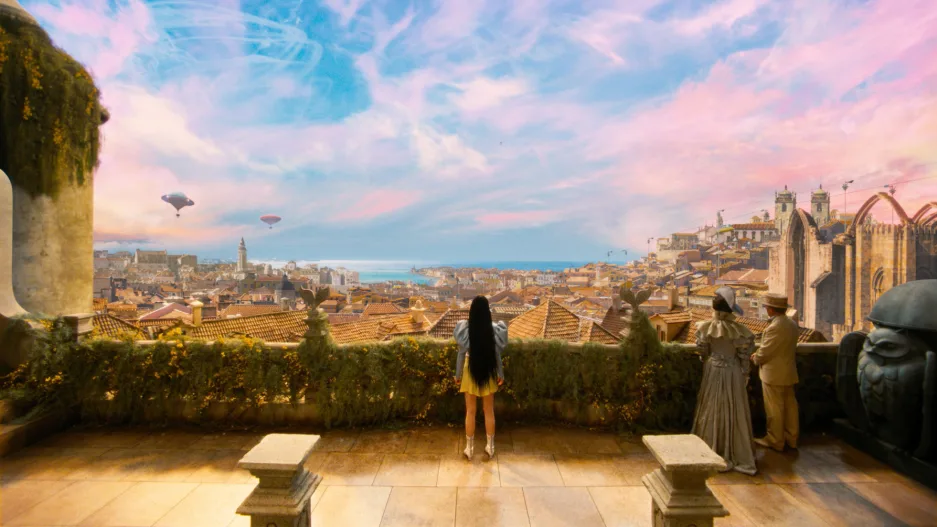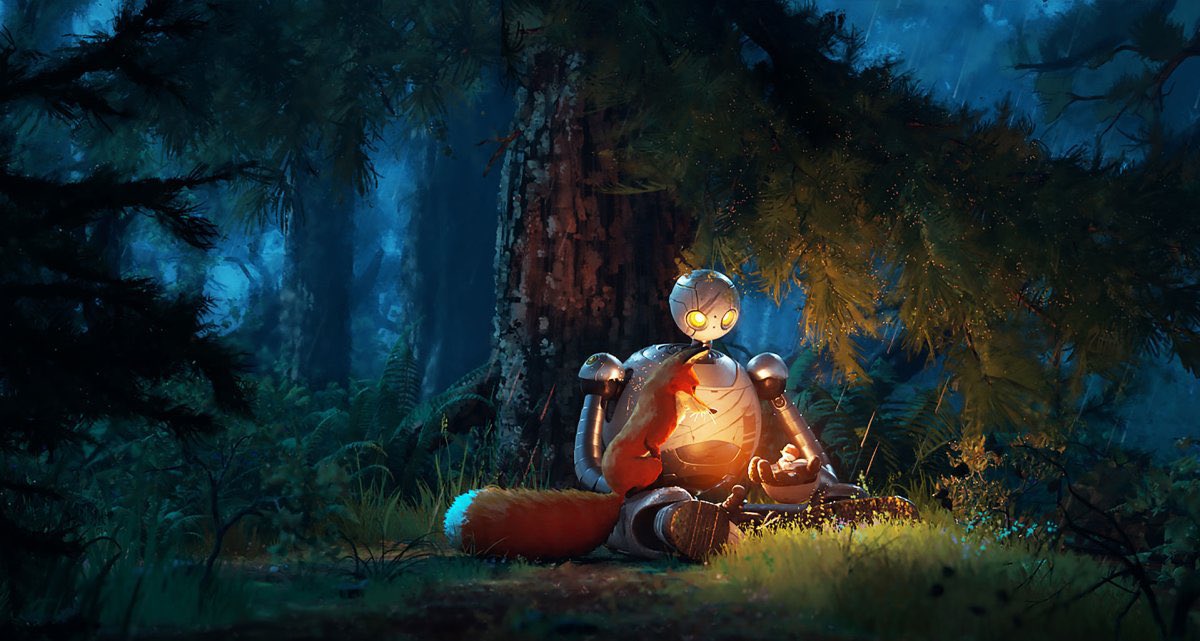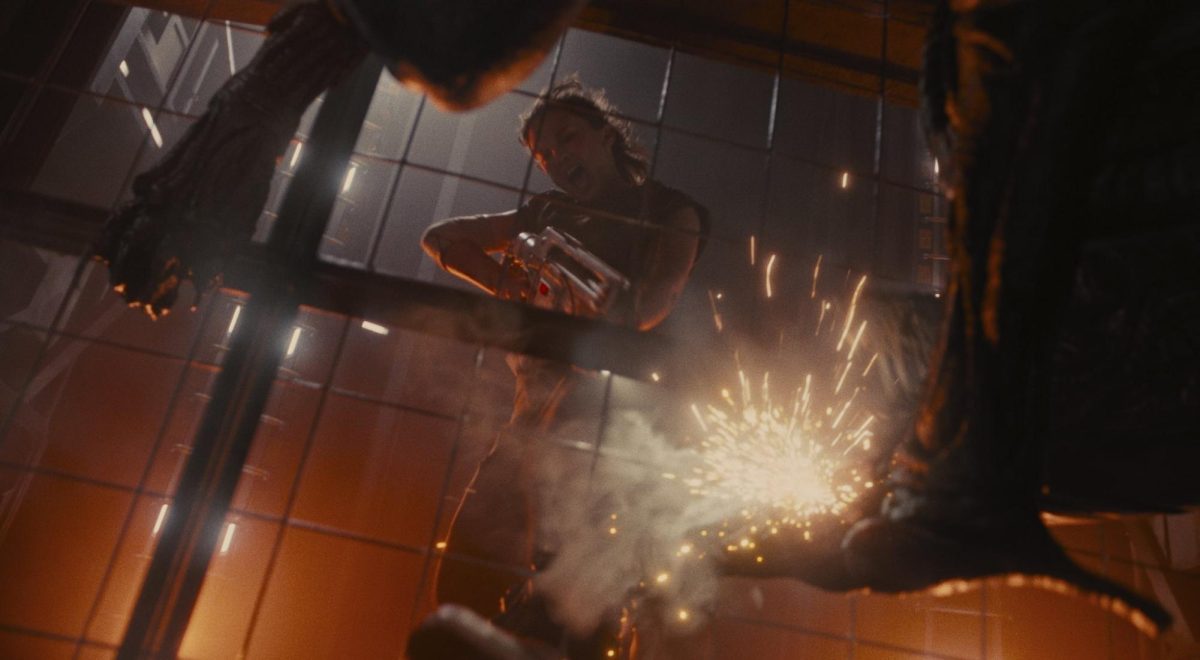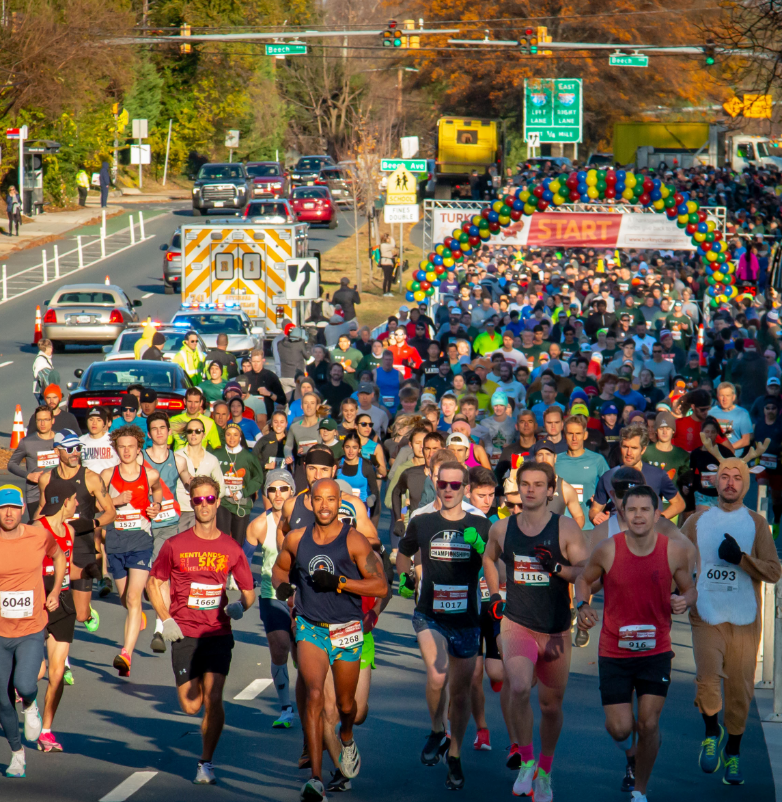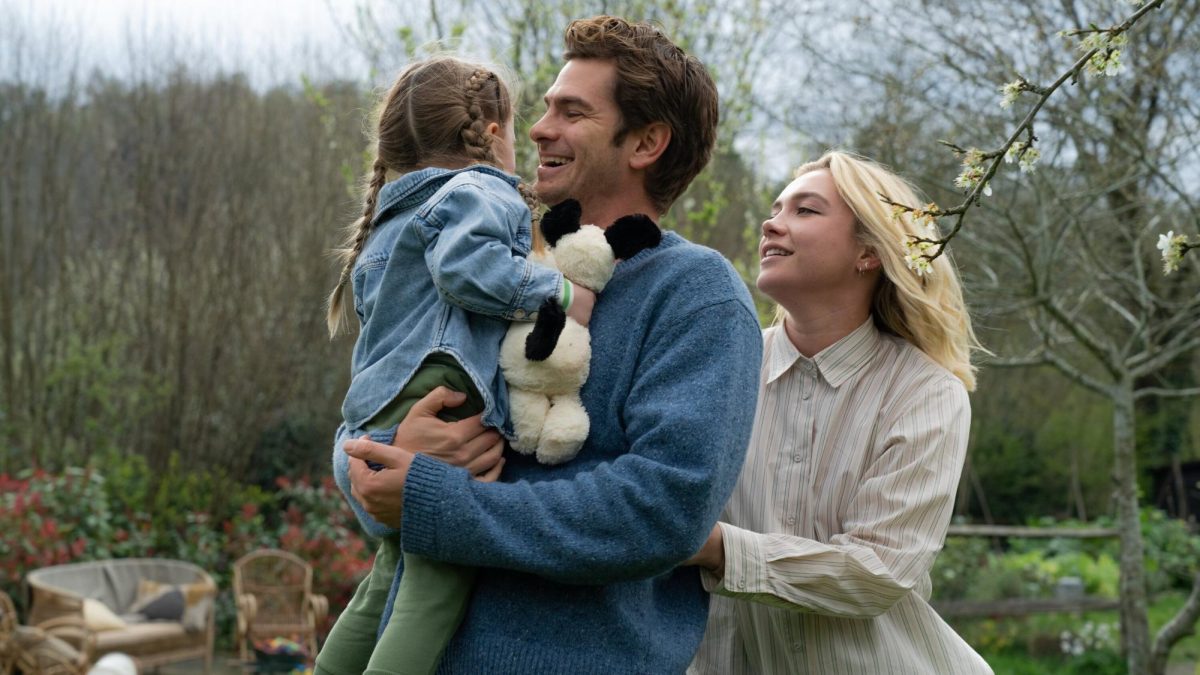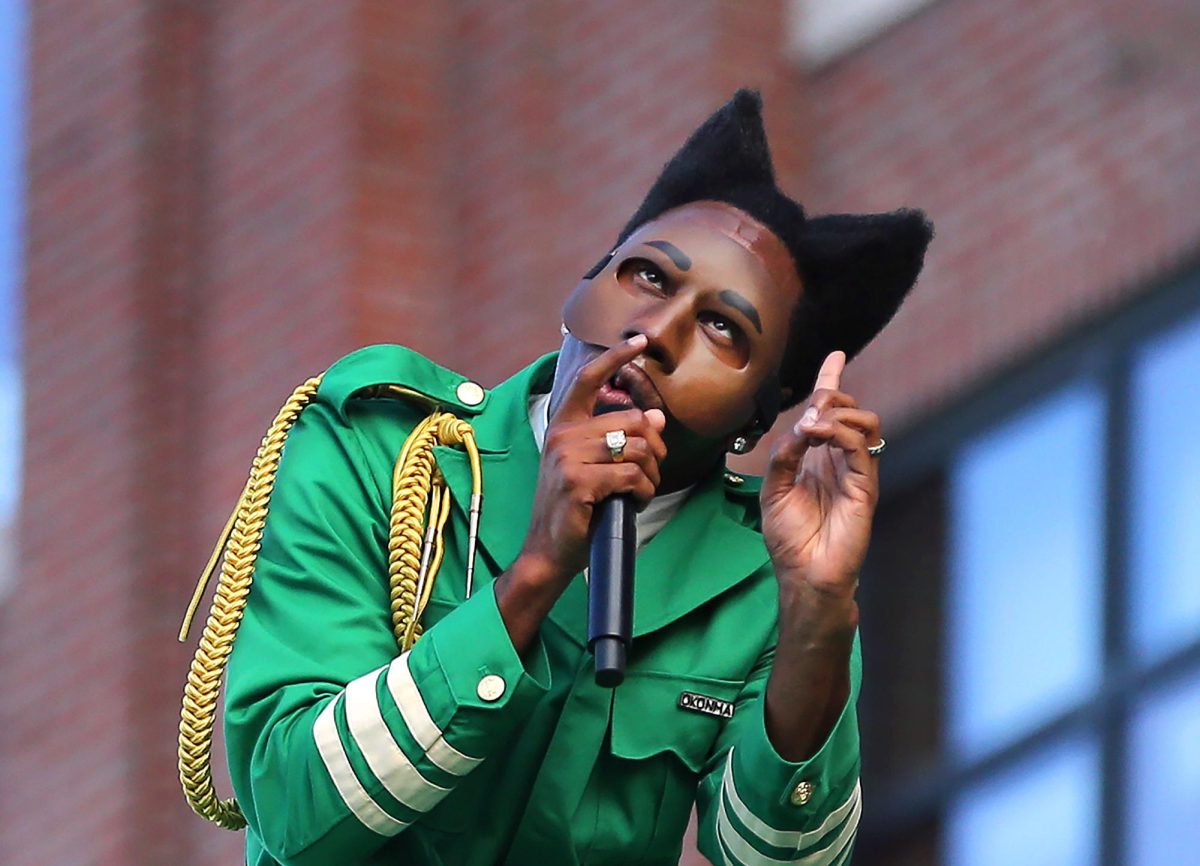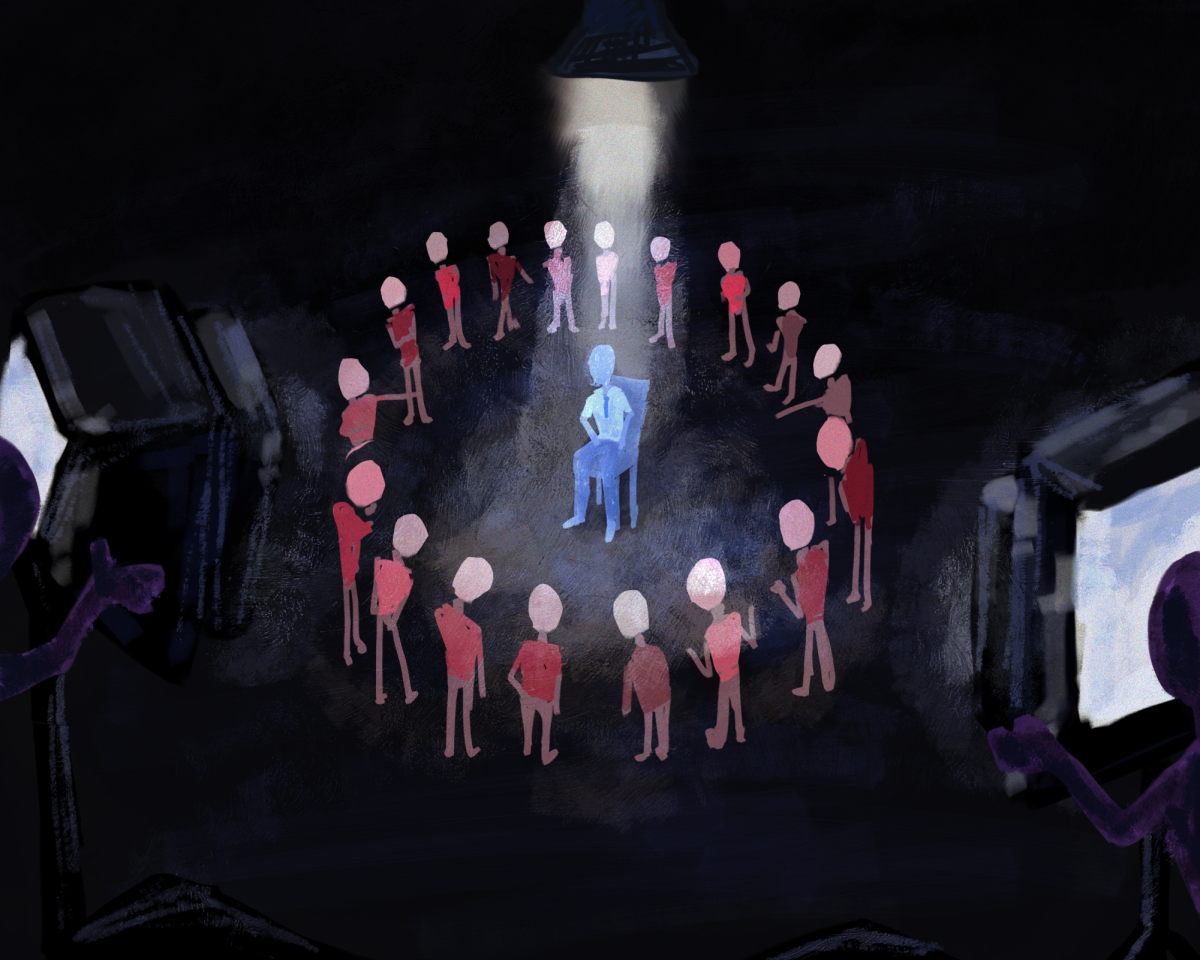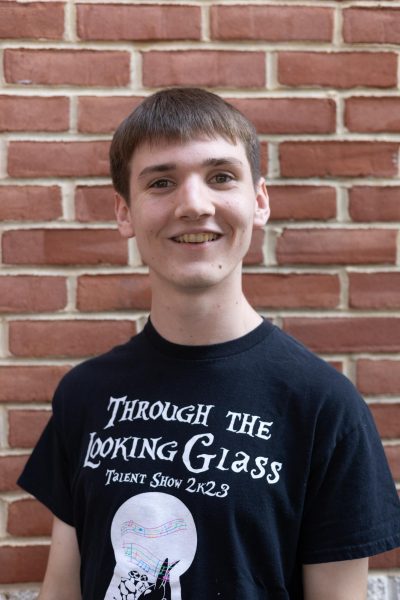Without a doubt, 2023 was a chaotic year for Hollywood. From strikes and labor disputes to unexpected box office failures, these shifts will leave their mark on the future of cinema.
Beyoncé and Taylor Swift brought concert films back to the big screen. “The Super Mario Bros. Movie,” “Gran Turismo” and “Five Nights at Freddy’s” delivered video game adaptations to mainstream audiences. Barbenheimer proved to be a huge success, both culturally and commercially, while masters of cinema like Martin Scorsese, Hayao Miyazaki and Michael Mann returned with complex and expansive epics.
Undeniably, 2023 was a stellar year for movies; “Barbie” swiftly portrayed the success of creative filmmaking, “Past Lives” soared as a relaxing yet heartbreaking tale of love and destiny and “Maestro” was a valiant effort both onscreen and behind the camera by Bradley Cooper to capture the complex essence of Leonard Bernstein. Unfortunately, while these films were stellar, they didn’t stand out like these gems. Here are The Black & White’s picks for the top 10 movies of 2023 in alphabetical order:
Asteroid City
Between the endless array of A.I.-generated TikToks and viral videos attempting to emulate his style, audiences seem to have all but figured out Wes Anderson. But Anderson’s latest film, “Asteroid City,” proves that any artificially rendered approximation could never embody the true complexity contained in his work. Doubling down on his signature style, Anderson once again realizes his exquisite vision, this time melding inspiration from classic animation like “Looney Tunes,” with a retro-futuristic 1950s aesthetic. The expansive all-star cast features plenty of seasoned veterans and fresh faces, including standouts like Scarlet Johansson, Jason Schwartzman, Tom Hanks, Jake Ryan, Adrien Brody and Edward Norton, who tap into the profoundly human sense of melancholy at the heart of Anderson’s films.
The story functions as the apex of Anderson’s story-within-a-story obsession, with the outer layer being a documentary that chronicles the making of a play. The play, the story of a youth astronomy convention in a desolate desert town, plays out simultaneously. These two separate narratives don’t just interweave but ultimately communicate, eventually reaching an unexpectedly synchronous climax, proving one of the most startlingly innovative pieces of artistic expression this year. “Asteroid City” is a deceptively complex piece of meditation, with its two narratives ultimately showcasing that some things in the universe work in ways humans will never understand, demonstrating what makes them so special.
Beau is Afraid
No movie this year was quite like Ari Aster’s “Beau is Afraid,” because none evoked the same unmistakably intense feelings of dread. Joaquin Phoenix stars as Beau, an anxiety-ridden middle-aged man who finds himself trapped in a never-ending spiral of conflict and persecution as his life falls apart. Phoenix gives a pitch-perfect performance as someone incapable of substantial action in increasingly daunting circumstances. Despite the film’s unmistakably modern take on current anxieties, there’s a classical nature to Aster’s storytelling that keeps “Beau is Afraid” varied and engrossing to watch.
Although it’s a complex work with much to say, “Beau is Afraid” never takes itself too seriously or conforms to any genre expectations. Instead, Aster consistently delivers outlandish and unexpected plot beats, making it one of the year’s most entertaining films. Its commitment to a vision of utter insanity and unresolvable chaos, “Beau is Afraid” provides a viewing experience unlike anything else in today’s climate of homogenous sludge. That’s all one can ask for.
The Hunger Games: The Ballad of Songbirds and Snakes
As the fifth installation in the Hunger Games saga, “The Hunger Games: The Ballad of Songbirds and Snakes” didn’t disappoint. Set in Panem 64 years before the events of “The Hunger Games” (2012), the movie follows a young Coriolanus Snow (Tom Blyth) as he mentors Lucy Gray Baird (Rachel Zegler), a whimsical and unshakeable tribute from District 12, throughout the 10th Annual Hunger Games.
Zegler’s performance as Lucy Gray stands out as a key highlight of the film. Gray’s musical ability and emotional connection to her voice bring depth to her backstory. Her ability to convey emotion through her music was one of the defining factors of her battle through the Hunger Games. Similarly, Snow’s tragic descent into villainy shows the loss of innocence that defines the fictional world of Panem and accompanies every “Hunger Games” movie. The film houses an outstanding number of easter eggs alluding to the trilogy, which is enjoyable to catch and helps bring the whole series together.
John Wick: Chapter 4
While the action genre gained instant classics with the first three “John Wick” films, “John Wick: Chapter 4” raises the bar even higher. Teaming with cinematographer Dan Laustsen, composers Tyler Bates and Joel J. Richard and Keanu Reeves as the titular character, director Chad Stahelski’s combat sequences are simply wow-inducing. Whether it’s horses, nunchucks, swords, a playing card, cars, dragon breath shotguns or a flight of stairs, Wick terrorizes his enemies and awes the audience in a manner most other action films could only dream, rightfully affirming his “Baba Yaga” nickname.
While effective and ruthless as an assassin, Wick doesn’t want murder to define him. He and his allies question whether a man of such violence will ever be able to find peace — but the irony of the situation is that freedom from this world can only come from further bloodshed. Tension rises with the introduction of Wick’s old friend, the blind killer Caine (Donnie Yen), who further complicates his quest for a new life. Not only is he a match martially, but he even garners audience sympathy as a complicated anti-hero. In such a grand story, it’s icing on the cake to have a more villainous character walk the same path of redemption alongside an already compelling hero. “John Wick: Chapter 4” is the definition of epic, and if it’s the last time this character is on-screen, he went out with a fitting bang.
Magic Mike’s Last Dance
“Magic Mike’s Last Dance” is the kind of sincere and fantastical whirlwind of a film that appears once in a blue moon. After being dismissed by fans and critics alike, the film stands out as one of the year’s most unfairly overlooked gems. Serving as the series’ third and seemingly final entry, the film follows ex-stripper Mike Lane (Channing Tatum) as he leaves Miami Beach for London at the behest of wealthy socialite Maxandra Mendoza (Salma Hayek Pinault), who is dead set on giving Mike a chance to direct a stage show. “Last Dance” completely discards the aspects that made its last entry so widely beloved, choosing to move in an entirely new direction.
The result is a fairytale romance so passionate and heartfelt that it resembles a classic Hollywood love story more than anything else. Mike and Maxandra’s newfound connection is so profound that it changes the entire temperature of the movie, taking its characters from their cold and unfeeling haze in the opening to a lively point of revelation. “Last Dance” also explicitly delves deeper into the concept of dance and its latent possibilities of connection and communication. It’s clear that director Steven Soderbergh and his team of collaborators were set on taking their characters and artistry more seriously than ever, and it’s delightful for anyone willing to dive down the rabbit hole with them. “Last Dance” may sound bafflingly uninteresting or like an odd misfire, but those who can recognize the movie’s vision will see it for the utter triumph it is.
Mission: Impossible – Dead Reckoning Part One
As the seventh film in a nearly 30-year franchise, it’s extraordinary that “Mission: Impossible – Dead Reckoning Part One” delivers the same top-tier entertainment that fans expect. The new incomprehensible task for Ethan Hunt (Tom Cruise) and his team is to recover a cruciform key that unlocks a devious AI weapon. What should be another Tuesday for Hunt — deemed “a mind-reading, shape-shifting incarnation of chaos” — morphs into a crisis against a faceless enemy who understands all Hunt holds dear in his past, present and future.
“Mission: Impossible – Dead Reckoning Part One” thrives on chaotic storytelling and unrelenting intensity. It’s astounding to watch Cruise’s death-defying stunts, and aiding those moments is a constant ticking clock propelling each sequence to the next. Whether it’s a bomb in an airport or a runaway train, each layer of conflict creates imminent disaster for the characters. Hunt and his team must contend with multiple factions, noble and sinister, and the heartbreaking, unforeseen consequences of tracking down the key. The “Mission: Impossible” franchise continues to coalesce into something magical, yet “Dead Reckoning Part One” is only the masterful first chapter of a grander closing narrative for the franchise.
Oppenheimer
“Oppenheimer” follows the real history of J. Robert Oppenheimer, the father of the atomic bomb. Christopher Nolan’s ability to immerse viewers into elaborate narratives is on full display: close-up shots of Cillian Murphy’s guilt-filled eyes to the sound design of the Trinity test hook viewers from the start.
Nolan’s nonlinear storyline — jumping between past and present — creates an enthralling watch. He uses black and white film to show history through the point of view of antagonist Lewis Strauss (Robert Downey Jr.) while using colored film to capture the subjective view of Oppenheimer. The duality leaves viewers questioning the motivations of Oppenheimer himself. The intensity and emotion displayed through body language and facial expression drive the story, notably through Murphy’s incredible portrayal of Oppenheimer.
Nolan shot “Oppenheimer” on a mix of 65mm and 70mm film, meaning he used strictly practical effects throughout the movie. This is especially impressive during the recreation of the Trinity test, where a smaller-scale explosion and layered clips convincingly replicate the real blast. “Oppenheimer” is destined to be a classic, as Nolan has transformed the biopic with a level of artistry never seen in the biographical thriller genre.
Poor Things
Starring Emma Stone, director Yorgos Lanthimos’s “Poor Things” starts as a quirky comedic take on Frankenstein before evolving into a beautiful movie about female freedom.
Viewers quickly meet mad scientist “God” Baxter (Willem Dafoe) and Bella Baxter (Emma Stone), who is “God’s” creation. The movie follows Bella as she’s introduced to high society even though she has no intention of assimilating. From punching strangers to spitting food at the table, Bella does anything that pleases her without caring about the perceptions of others. “Poor Things” is, without a doubt, Emma Stone’s best acting performance to date, as she masterfully portrays Bella’s mental aging and character development.
Lanthimos’s use of fisheye lenses, untraditional zoom-in shots and warped perspectives also creates a whimsical feel. The contrast between black and white scenes with the expansive and saturated color palette accentuates the magical elements of the film, especially at the beginning.
“Poor Things” also doesn’t shy away from violence and commentary surrounding a woman’s sexual pleasure, ultimately resulting in a more sincere feminist film. The combination of eccentric production design and powerful messaging creates an untraditional movie that makes viewers question the morals of “polite” society.
Scream VI
“Scream VI” brings the iconic Ghostface to New York City. From the shocking cold open, directors Matt Bettinelli-Olpin and Tyler Gillett shape their newest installment’s horror around everyday city life. Ghostface strikes in a busy bodega, a peaceful penthouse and a cramped subway car, creating wicked suspense sequences in places where characters might otherwise seem safe. The direction is rightfully nail-biting but also ferocious — the camera isn’t afraid of close-ups as the knives turn abdomens into Swiss cheese.
With sisters Sam and Tara Carpenter leading (Melissa Barrera, Jenna Ortega) alongside the Meeks-Martin twins Chad and Mindy (Mason Gooding, Jasmin Savoy Brown) — established in the previous film — the screenplay brings the self-proclaimed “core four” characters closer as found family. The standout, however, is Barrera, who confidently portrays Sam’s depression and eventual bloodlust in turning the tables on the new Ghostface. While the film might disappoint with an unrealistic mystery, the compelling motive for Ghostface proves why the narrative focus on character development paid off. By the film’s conclusion, it’s clear that “Scream VI” is the best sequel in the franchise and the pinnacle of 2023’s horror.
Spider-Man: Across the Spider-Verse
The sequel to the critically acclaimed “Spider-Man: Into the Spider-Verse,” “Spider-Man: Across the Spider-Verse” took the world by storm. The incredible talent of returning voice actors Shameik Moore (Miles Morales) and Hailee Steinfeld (Gwen Stacy) bring a whole new level of dimension to the world of animated films. Even though many parts of Miles’s life are supernatural, the film’s deep dives into family and “normal teenager issues” make him incredibly relatable. The familiarity of the characters and the imaginative nature of the movie engage viewers and give way to a fresh and creative perspective.
“Across the Spider-Verse” does a great job incorporating a mix of heart and action, with the fast-paced nature of the movie not taking away from any of the key moments; all of the different plot points fuse seamlessly into one cohesive story. Directors Joaquim Dos Santos, Kemp Powers and Justin K. Thompson took the story of Miles Morales and transformed it into something the silver screen has never seen before. The intricacy of the animation is unprecedented; from color changes signifying emotion to each character having their animation style, the film is a comic book spilling onto the screen. Not only is “Across the Spider-Verse” a phenomenal animated film, but it also sets the standard for what the medium can deliver.



